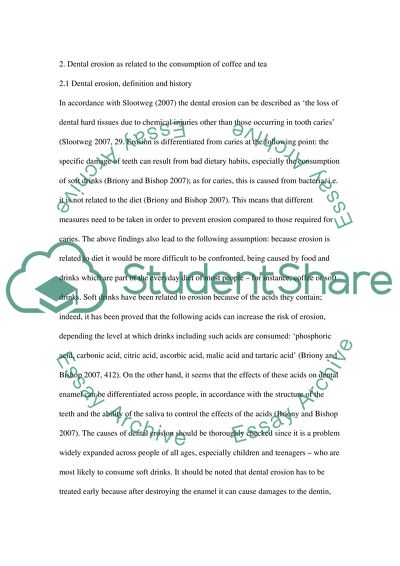Cite this document
(“Dental Erosion in Human Tooth When Exposed to Coffee and Tea Research Paper”, n.d.)
Retrieved from https://studentshare.org/health-sciences-medicine/1424416-dental-erosion-in-human-tooth-when-exposed-to
Retrieved from https://studentshare.org/health-sciences-medicine/1424416-dental-erosion-in-human-tooth-when-exposed-to
(Dental Erosion in Human Tooth When Exposed to Coffee and Tea Research Paper)
https://studentshare.org/health-sciences-medicine/1424416-dental-erosion-in-human-tooth-when-exposed-to.
https://studentshare.org/health-sciences-medicine/1424416-dental-erosion-in-human-tooth-when-exposed-to.
“Dental Erosion in Human Tooth When Exposed to Coffee and Tea Research Paper”, n.d. https://studentshare.org/health-sciences-medicine/1424416-dental-erosion-in-human-tooth-when-exposed-to.


